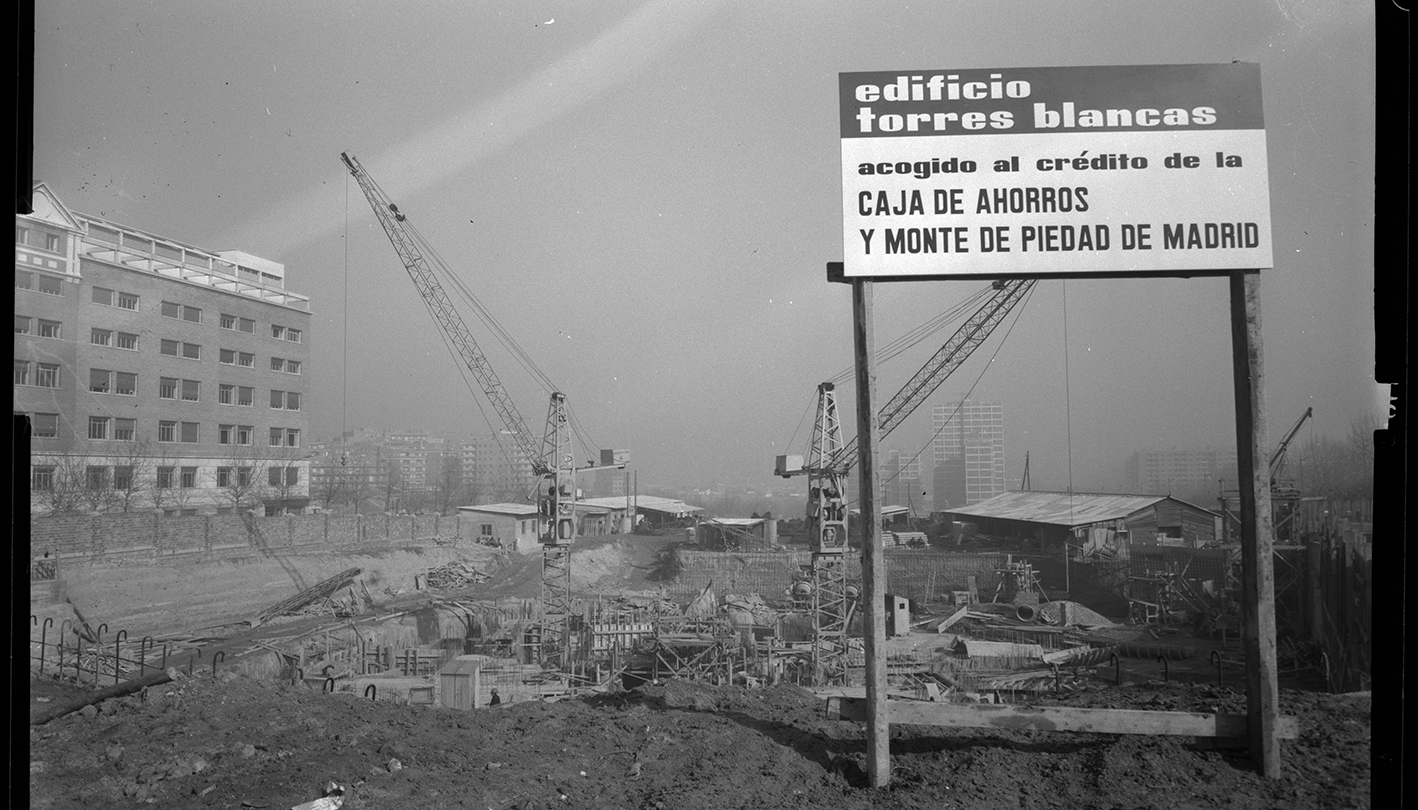Chronicles of Fossil Urbanization

A route to the roots of Torres Blancas to understand the history of the building from its metabolism, from its roots, and to build a radical history of architecture.
Registration at this link
Approximate schedule of the route:
10:00 Departure of the bus direction Cementos Portland Valderribas from Paseo de la Chopera 14 (arrive at least 15 minutes in advance for confirmation registered).
12:30 Departure of the bus to Torres Blancas building.
14:00 End of the route at Torres Blancas building.
Architecture is a complex dialogue. It is not only the “wise play of volumes under the light” nor a mere form that materializes an aesthetic belonging to a particular architectural culture. The architecture of fossil modernity is also a product of the process of urbanization and industrialization of the territory. The building is the tip of an iceberg that involves very heterogeneous industrial processes and a complex, geo-historical and transnational extractive circuit. It involves political, ecological and legal processes that structure our social and economic universes. In this paradigm of architecture, concrete has been the most influential material and one of the most widespread in the 20th century. Icons such as Torres Blancas (Francisco Javier Sáenz de Oiza, 1961-1972) are marked by its image and materiality. However, the concrete and cement industry in Spain has a little-known history, in addition to being a material whose technology is highly unknown in a non-specialized field.
Gemma Bahhr proposes, as part of the Medialab Matadero's Situated Research program, a tour of the Cementos Portland Valderrivas facilities, where the concrete that makes up the Torres Blancas building was produced. Following the railroad that transported the cement to Madrid, the route will end in Torres Blancas, where a historical incursion will be made into its material geography. The entire route will be accompanied by this story that will help to understand in depth the aesthetic and ecological implications of architecture. This route invites us to understand the history of Torres Blancas from its metabolism, from its roots, building a radical history of architecture.
Gemma Bahhr (pseudonym of Gemma Barricarte), architect and artist explores in her research project “Fossil Urbanism: metabolic hauntologies and new energetic ecologies”, among other things, the extractive circuits and material geographies that constituted Torres Blancas.
Aimed at anyone interested in the subject. Registration is required.



 Medialab-Matadero Madrid
Medialab-Matadero Madrid